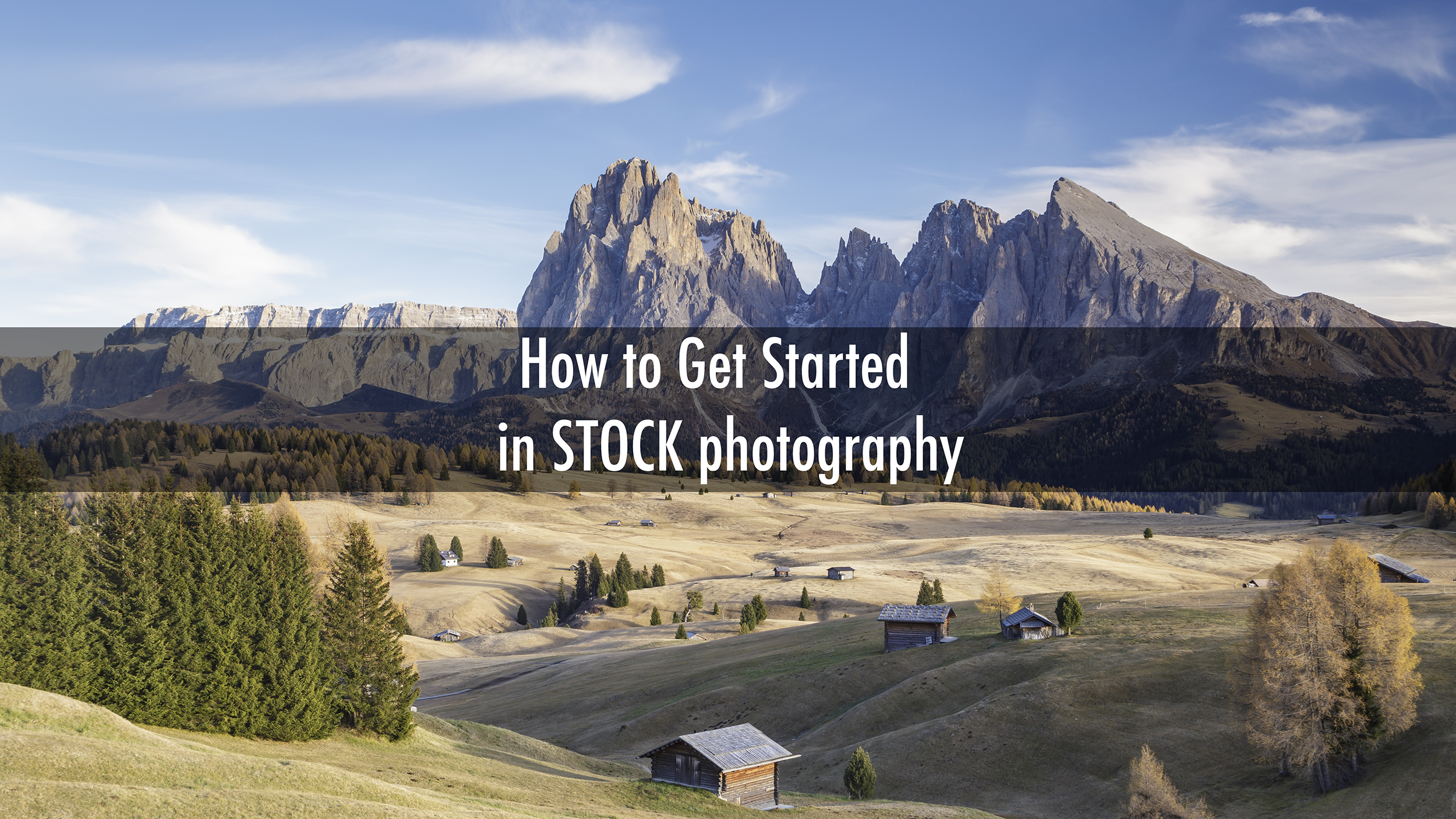
The world of stock photography is a vast and complex one. There are essentially two strands to it which are creative and editorial.
The creative side of stock photography is almost an anything-goes area. You can create what you want and what you think any potential buyer might want then upload it to one of the various agencies.
Editorial photography is also vast but is based on images of a specific moment. So it might be documenting a particular weather phenomenon or it could be a sporting event such as football, baseball or tennis. Then at the extreme end of the scale, it could be events such as wars and disasters.
Selling the images is done either directly, which is difficult in a lot of cases, or through an agency that will represent the work that you produce.
In the past stock photography could be a nice earner for people but with the vast over-saturation of the market and image libraries willing to take practically anything and everything it is becoming a diluted game of chance each month.
So have a look at my thoughts on this particular area of photography and comment over on YouTube.
Stock photography refers to images that can be licensed for specific uses. These can include landscapes, travel scenes, fashion, and portraits. There are two main types of stock photography: creative and editorial.
The stock photography market is extremely crowded. Well-known stock libraries like Getty, Alamy, and Shutterstock host millions of images. This means you’ll face a lot of competition, including from non-professionals. However, don’t let this discourage you. If you believe your work stands out, it’s worth pursuing stock photography.
Quality and quantity go hand in hand. Having a large number of images doesn’t guarantee sales. If your photos are poorly lit or taken at the wrong time, they won’t attract buyers. Strive for both high-quality images and a diverse portfolio.
Key Points to Remember About Quality:
When selling your work, you’ll often choose to sell your work between royalty-free and rights-managed licenses.
Rejection is part of the process. Some stock photography libraries may reject your submissions, even if they meet quality standards. Treat rejection as a learning experience. If a library takes some of your photos but not others, consider what sets the accepted images apart.
When I first started submitting to Getty Images my contract stipulated that my selection rate must be over something like 75%. If it consistently fell below this then the contract would not be renewed.
This then forced me into a mindset of do I need to take the image. It is something that a lot of photographers coming up through the social media channels haven’t experienced.
Focusing solely on one type of photography, like landscapes, can limit your success. To thrive in stock photography, diversify your portfolio. Capture a wide range of subjects to improve your chances of making sales.
I discovered early on that pretty pictures of landscapes are no longer profitable. It’s sad to say but they are now two a penny whereas in the film era it was much easier to profit from them as you had to know what you were doing with exposure.
Different stock photography libraries cater to various niches. While major players like Getty and Shutterstock cover a broad range, others may specialize in specific areas. For example, Robert Harding focuses on the travel photography market. Research different stock photography libraries to find the best fit for your work, and consider submitting to multiple ones to increase your exposure.
Building a successful stock photography business takes time. You might not see immediate earnings, but with patience and consistent quality, your portfolio will grow. Remember that trends can shift, and what sells today might not be as popular tomorrow.
Determining what sells is tricky, as it varies based on current trends and customer needs. Regularly check sales on platforms like Alamy to see what images are in demand. But keep in mind that what works for one photographer may not work for you.
Starting in stock photography involves understanding the landscape, producing quality work, and displaying a variety of styles. Despite the challenges, this can be a rewarding path for passionate photographers willing to adapt and learn. Keep honing your skills and experimenting with different subjects, and you’ll increase your chances of success in stock photography.
To license my images for your own projects take a look at my stock library. There are some exclusive images on there that can’t be found anywhere else.